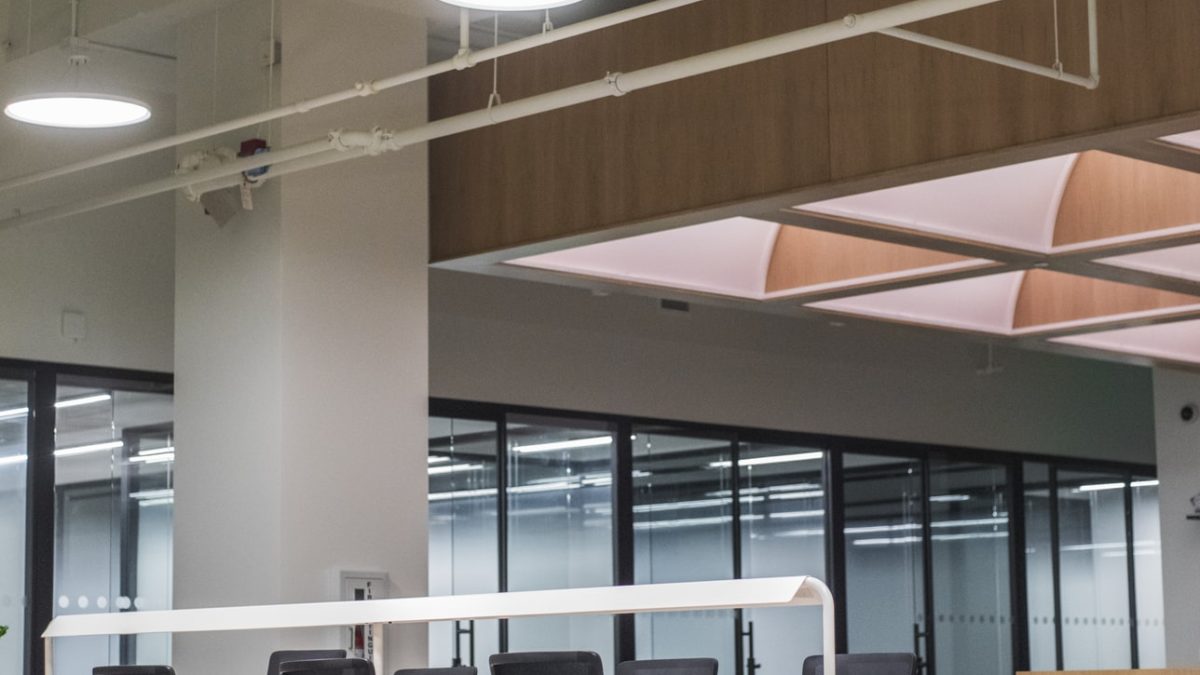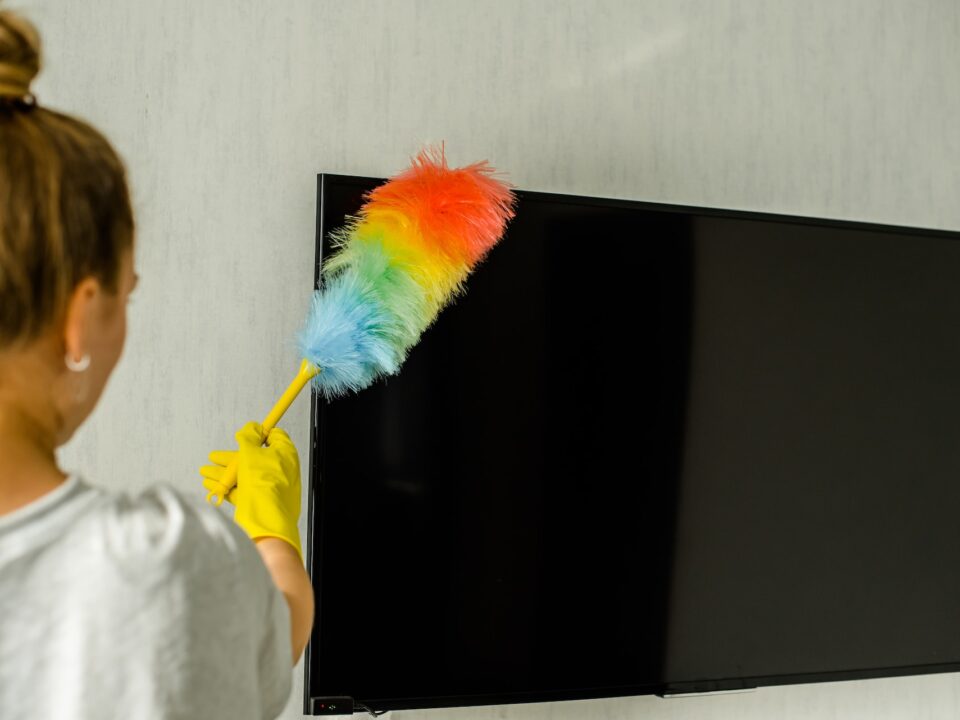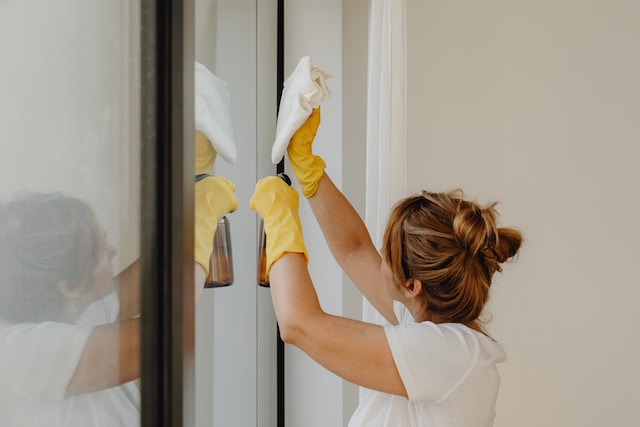4 Common Ways That Germs Are Spread In Your Office

How Commercial Cleaners Can Help Your Business in 2022
February 28, 2022
Telltale Signs Your Upholstered Furniture Needs Cleaning
March 7, 2022When the pandemic struck, a number of offices took more steps to provide safer workplaces. As more workers returned to their jobs, and with an increase of in-person customers to stores, employers in every industry changed their practices to provide safer environments for employees and customers. Germs spread quickly, and surfaces in every workplace get touched often and by many people. By understanding how germs spread around a business, businesses can better understand how to reduce the spread. If this is something that you’re interested in learning more about, read on for four common ways that germs are spread in your office.
Airborne
Common colds are spread by standard means: people sneeze or cough, and people nearby catch a whiff of the germ spray. Also, the “sneeze effect” in toilets—where the spray from a widespread cough or sneeze flies beyond the toilet bowl and hits surrounding surfaces—means that toilet germs can spread over a toilet’s flushing mechanism, onto the floor around it, and as far as six meters from the toilet. Because of this, germs can also spread onto a person’s hands as well as other nearby surfaces.
Skin Contact
Workplace germs will often transfer from one person’s hands to another through direct skin contact, especially shaking hands. They can also transfer when a person grabs a doorknob and holds it open for another colleague. Germs on your hands after using the bathroom can carry 80 million bacteria per square centimetre. Contaminated hands can transfer viruses to five or more surfaces or 14 other objects.
Contaminated Objects and Surfaces
Because bacteria and viruses can survive on desk surfaces such as desks and keyboards, and household appliances such as telephones, fridges, microwaves, and other shared objects, you might find them on shared surfaces. Despite this, a number of studies show that a square centimetre of a computer keyboard can contain over one hundred organisms (1200 on average), while a square centimetre of a mouse may contain over one thousand organisms (1000 on average). In addition to these common surface contaminants, you might pick up some bacteria and transfer them to your nose or mouth if you sit at your desk without washing your hands.
Contaminated Food
Communal kitchens are notorious for harbouring bacteria, especially if food isn’t cooked properly or disposed of promptly and surfaces aren’t cleaned thoroughly. Kitchens are high-traffic areas where people pass through regularly, and where people are there are problems. Some of us look healthy but are actually sick with viruses and bacteria. We don’t feel ill, but we could spread the organisms to other surfaces around the office. If we don’t wash our hands after going to the bathroom, we can spread the germs to the communal kitchen.
Conclusion
We hope this article proves to be useful when it comes to helping you understand the most common causes of disease in your office. As you can see, there is a slew of different ways that germs can spread throughout your office. Be sure to keep everything that you’ve learned here in mind so that you can take the necessary actions to best protect yourself and your employees.
If you’re looking for an office cleaning service in Calgary, then you’ve come to the right place. Diamond Cleaning Services provides commercial cleaning and janitorial services (e.g. high ceiling dusting, window cleaning, and carpet cleaning) for offices and commercial buildings. Among the professional cleaning maintenance services that we offer include complete janitorial services, post-construction cleaning for new or remodelled buildings or office spaces, carpet cleaning, high ceiling dusting, window cleaning, stripping and waxing, and power washing.




